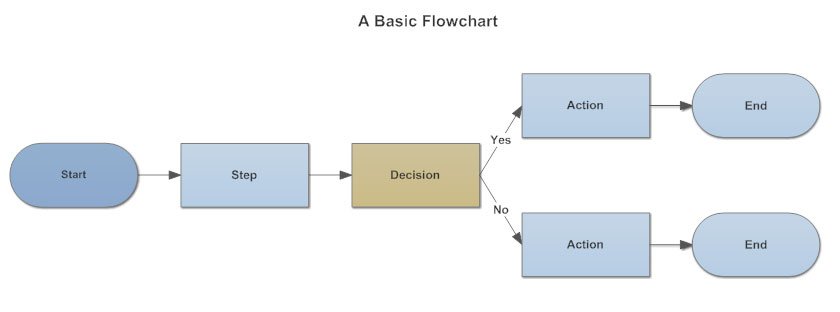Drafting Standard Operating Procedures & Flow Charts

Procedures are essential for making your business as efficient as possible.
Your business already has processes – they’re the repeatable work your employees do every day. Think, approving an invoice, fulfilling orders, etc.
A Standard Operating Procedure (SOP) is, on the other hand, the documentation of the process. It helps establish things like what are the different steps, what’s the scope, who’s in charge, etc.
SOPs are helpful for 2 things…
- Onboarding Employees – It’s hard to remember the exact step-by-step of every process. Documentation makes it easy for your employee to get up to speed on how to execute processes
- Enforcing Best Practices – There’s always an instance of a process that is more efficient than the others. You can establish this process as the “best practice” with a standard operating procedure, making sure that all of your employees follow the best variation of the process.
Both of these benefits can have a significant impact on your business, making the work of your employees more efficient.
Flowchart

What is a Flowchart?
A flowchart is a visual representation of the sequence of steps and decisions needed to perform a process. Each step in the sequence is noted within a diagram shape. Steps are linked by connecting lines and directional arrows. This allows anyone to view the flowchart and logically follow the process from beginning to end.
A flowchart is a powerful business tool. With proper design and construction, it communicates the steps in a process very effectively and efficiently.